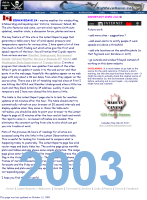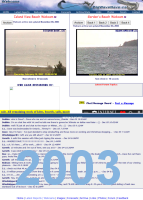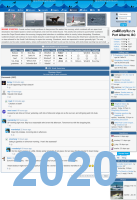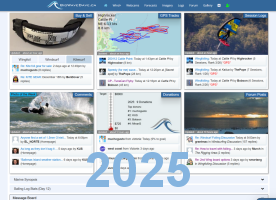
Welcome to bigwavedave.ca (aka windisgood.com), your trusted resource for marine weather information on Vancouver Island, BC and beyond. Since our founding in 2002, we have been dedicated to providing accurate weather updates, fostering a vibrant community and sharing a love for life on the water.
Our platforms mission is to offer:
- Reliable real-time weather updates and forecasts: access and up-to-date wind and wave data as well as weather predictions, all from sources that are tried and trusted.
- Live Webcams: view current conditions through our network of webcams at popular spots around the island.
- Sailing and GPS Logs: track your windsport sessions, gear used, and compare stats with others. Get detailed gps data on your session, including speed over distance, number of turns, percent foiling/planing turns and compete with others on the leader board.
- Community Forum and Photo Gallery: join our active forums to connect with fellow wind junkies, share tips and swap stories. Post your windsport photos and share with the community.
The website is run by a small crew of volunteers and is funded by the generous donations from the water community, including some local sponsors.
The wind, waves and water, tie us together. We believe in the power of community to enhance our experiences and lives, by sharing our love for the ocean. We encourage our community to support and protect the ocean, whether it is a local beach clean up or the simple action of picking up a piece of plastic on the rocks. The wind, waves and water, tie us together. This is why we build this community and we encourage you to join us.
BWD Over the Years
How old are we? (answer: very)











